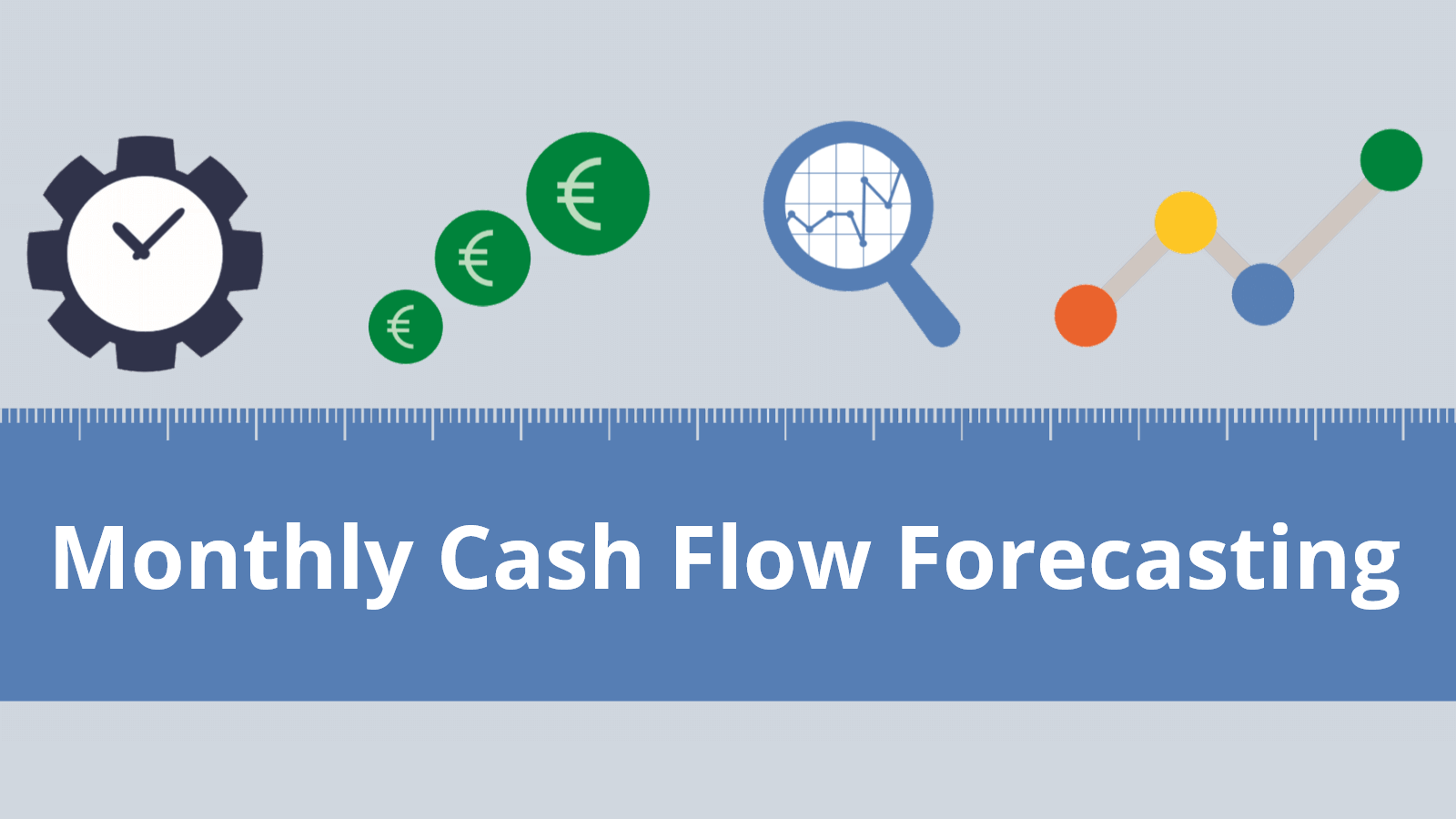
The DAO’s dream was to allow any participant - regardless of how small or large their contribution to the treasury was - to earn significant rewards in the Ethereum ecosystem. These tokens represented holders’ economic interest in The DAO as well as voting rights.

Participants supplied ETH to The DAO and received DAO tokens. “ The DAO, ” as the most well-known early DAO was called, was a collective investment vehicle that aimed to be a rationalist form of crowdfunding - a sort of decentralized venture fund - and provided the first glimpse of how such a decentralized organization, run via code, could govern itself. The world first heard about these internet-native organizations in 2016. This will allow us to see how decentralized structures have formed and changed in the last half-decade, helping explain why financial incentives are a key factor in the coming age of DAO governance. Many questions greet DAOs creators and participants, then: What are the decisions that need to be made? What kinds of financial incentives can be used? Under what conditions should DAOs be formed? What are the main governance tasks that are required today? And what tools can be used to help govern?īefore we answer those, let’s ask another question - how did we get here? - and briefly explore the development of DAOs. In many ways, DAOs can be viewed as an amalgamation of pieces of investment banks, companies, and social clubs, stitched together via cryptographic commitments.ĭespite the moniker, DAOs are typically not completely autonomous - someone needs to create decision frameworks to ensure a DAO is governed effectively and financially incentivize network participants to participate so the DAO can grow. Many new protocols are being built using this structure, with much of the activity so far in open-finance-based systems, but also, increasingly, in cultural networks purchasing and trading art and other collectibles.

These new networks are called DAOs (decentralized autonomous organizations) - collections of people coming together with aligned incentives and common interests, with no one leader or single point of failure, and run almost entirely by code. These coordination costs can be radically reduced in new types of decentralized networks, in which smart contracts enable participants to govern cooperatively. Governance requires significant coordination costs, however, arising from the need to have network participants involved in voting on every decision made. Now and over the next few years, one of the most immediate challenges facing these communities is to figure out governance - the act of managing collective decision-making in order to optimize funds and operations.

Cashflow tactics how to#
As DeFi and NFT communities grow enormously in size, how to govern decentralized protocols takes on added importance.


 0 kommentar(er)
0 kommentar(er)
